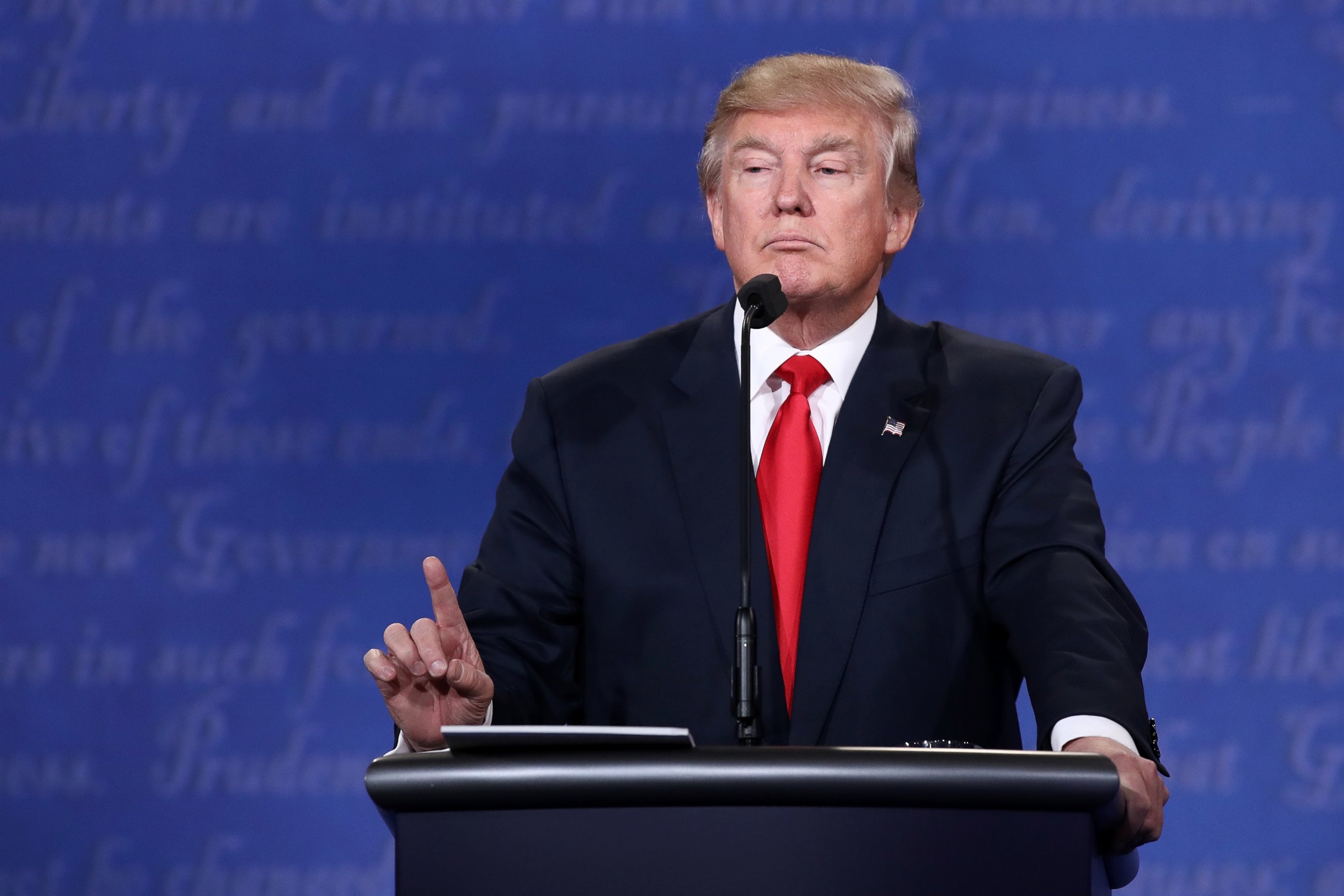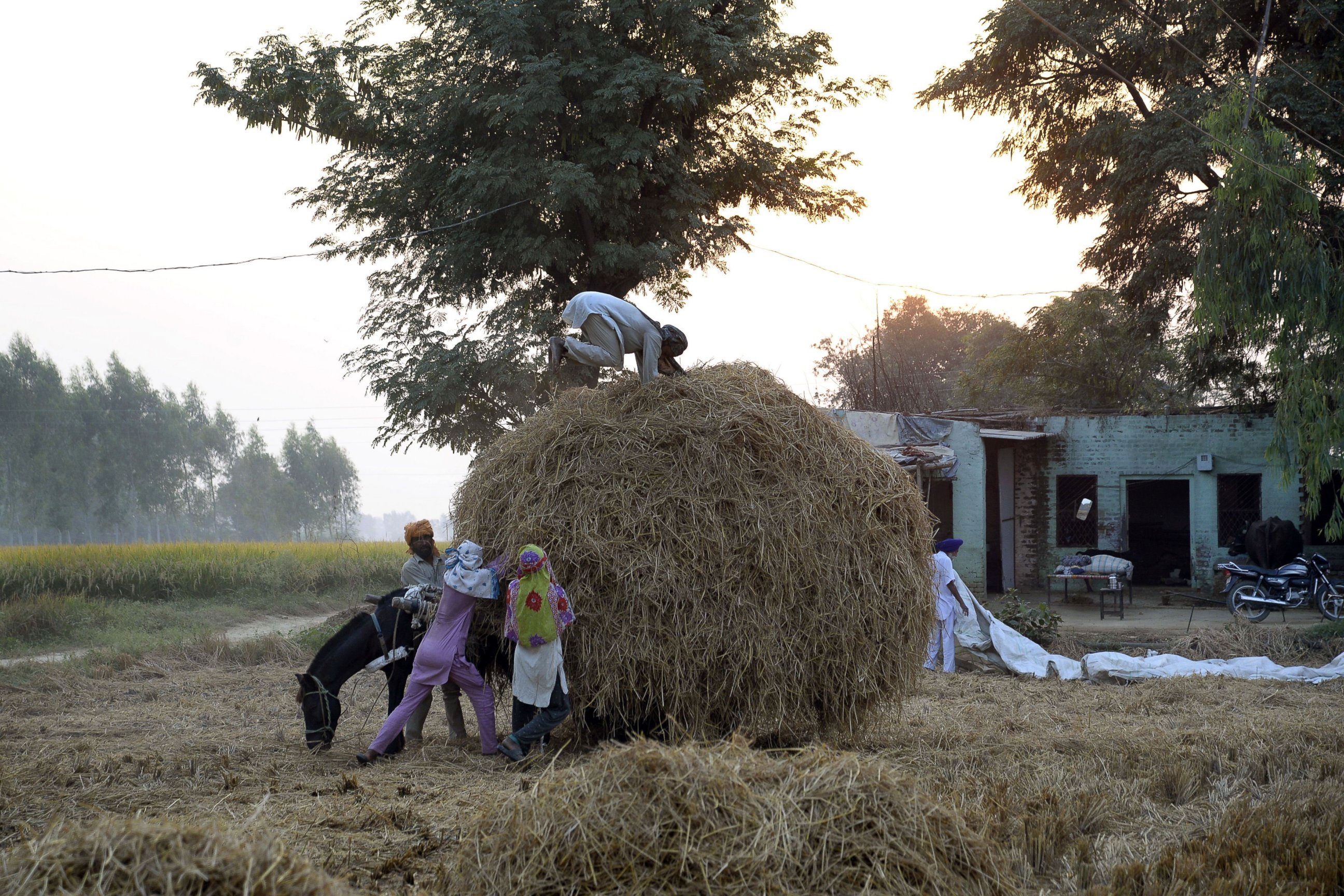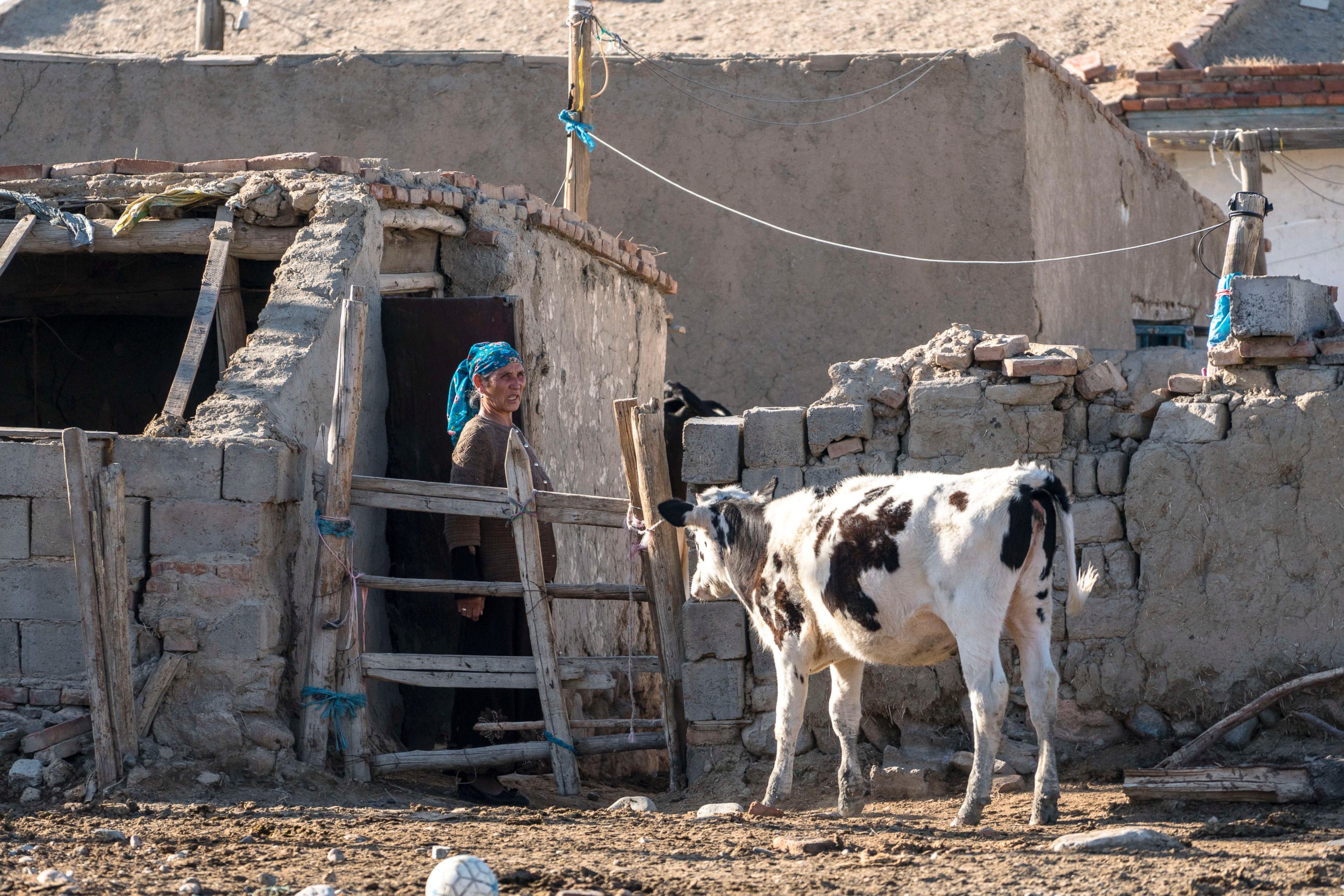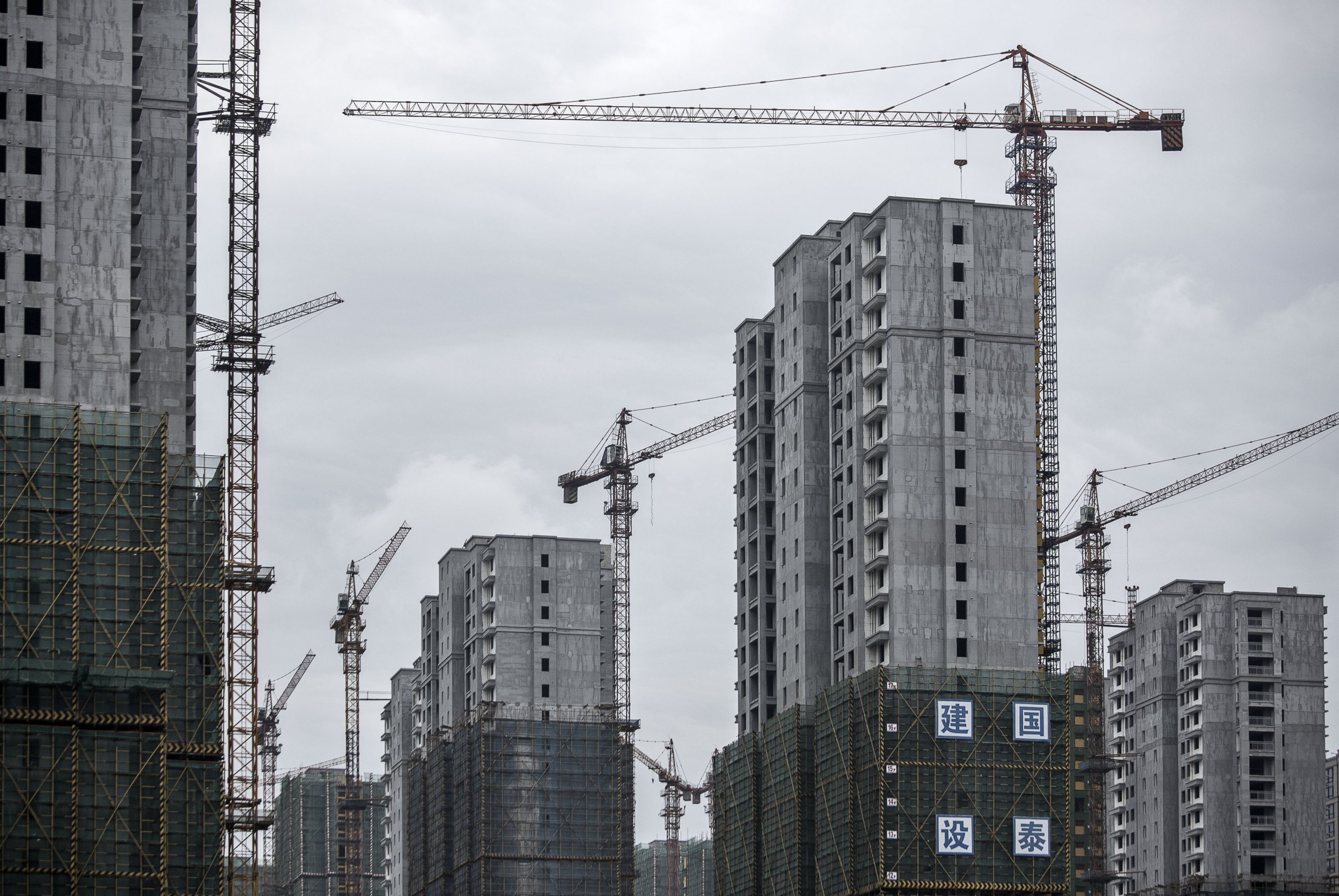Trump Comparing US Economy to India and China Doesn't Add Up, Experts Say
Multiple economists shot down the comparison.
— -- Donald Trump's suggestion that the U.S. economy is "stagnant" because it is growing more slowly than the economies in India and China tells half a truth, economists said.
The Republican nominee said at Wednesday night’s debate that India's economy is “growing at 8 percent, China is growing at 7 percent, and that for them is a catastrophically low number.”
He said of the U.S. economy, “We are growing, our last report came out, and it’s right around the 1 percent level. And I think it's going down ... Our country is stagnant.”
Trump is right that the U.S. economy is expanding at a slower clip than India's, whose gross domestic product increased by 7.6 percent in 2015, or China's, which grew by 6.9 percent, according to World Bank figures. The U.S. economy by contrast expanded at a rate of 1.4 percent in the second quarter of this year, the U.S. Bureau of Economic Analysis says.
Taken at face value, the comparatively low rate of growth in the U.S. compared to that in India and China could shock.

The Republican candidate's concern about U.S. growth has some legitimacy.
In the first quarter of this year, the economy expanded at an anemic 0.8 percent though the rate increased in the second quarter.
The Trump campaign did not immediately respond to ABC News’ request for comment.
But several economists told ABC News that comparing an advanced economy like the United States' to developing economies doesn't paint a true picture.
‘Not a Fair Comparison’
“It's really not a fair comparison," Matthew Oxenford, a researcher at Chatham House, an independent policy institute in London, told ABC News. "Developing economies such as India generally grow significantly faster than developed countries such as the U.S.”
The reason is that generating growth in advanced economies is relatively difficult.
“Poor countries like India and China have massive catch-up growth to do, what economists call convergence,” William Cline, a senior fellow at the Peterson Institute for International Economics in Washington, told ABC News.

One economist gave the example of all the work that went into inventing the first airplane in the U.S.
“When America got its first aeroplane, it took real imagination, ingenuity, bravery and risk-taking entrepreneurship, and a lot of failures before the Wright brothers got it right," said John Nugée, a colleague of Oxenford’s at Chatham House.
In contrast, “when India got its first aeroplane, all it had to do was trot along to a manufacturer and say, ‘We would like one of those, please’.” Nugée said.
“That’s why it is easier for a poor country to catch up and converge than for a rich country to continue to progress, to push the envelope, to grow from being successful to even more successful,” he said.
Oxenford agreed that it's easier for economies in countries such as India and China to grow quickly.
“Basically, there's a lot of 'low-hanging fruit' in developing economies, such as moving people off farms and into cities, developing institutions of good governance, and adopting technological innovations that have already been adopted in advanced economies,” he said.
In the U.S. about 82 percent of the population already lives in urban areas, compared to just 33 percent in India and 56 percent in China.
A United Nations report in 2014 found that, India and China had the world's largest rural populations.
But they are moving off the farm and into the city at a rate of 2.38 percent in India and 3.05 percent in China, according to the CIA World Factbook.
The rate of people in the United States leaving rural settings for cities is l.02 percent.
When workers move "from the low-productivity traditional agricultural sector to the ‘modern’ sector in the cities, there is a big jump in productivity” in the economy, Cline said. “That is why India and China can grow for long periods of time at 6 to 8 percent, but advanced economies ‘at the technological frontier’ only grow at about 2 to 3 percent.”

Another key factor in growth is the ability for business to operate in a stable political environment.
The U.S. enjoys less corrupt governance than China or India, placing it in the 89.9 percentile in the World Bank’s “control of corruption” indicator compared to 50 for China and 44.2 for India.
The United States also rates higher on political stability and the absence of violence and terrorism, placing in the 69.5 percentile compared to 27.1 for China and 16.7 for China.
Historical Perspective
Trump also said China and India's current growth is “catastrophically low” for them, and economic data shows their rates of expansion are a bit down but the situation is far from disastrous.
China’s 6.9 percent growth in gross domestic product is down from an average expansion rate of 9.7 percent between 1990 and 2015, according to ABC News calculations of World Bank figures.
India's growth rate last year of 7.6 percent is lower than the rate of 6.5 percent over the same 15-year period.
The U.S. over the same period had a growth rate of 2.4.
Looking Ahead

The good news is economists at Barclay’s Bank are projecting GDP in the U.S. to increase 2.5 percent in the third quarter, a solid figure for an advanced economy.
We’ll know if the predictions prove true when the new numbers come out Oct. 28.




